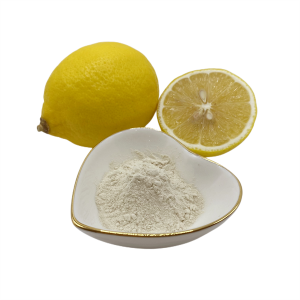Calcium fertilizer application strategies may vary under different climate conditions. Here are some calcium fertilizer application strategies for common climate conditions:
Dry areas: In dry areas, the loss of calcium in the soil is slower, but due to large evaporation, calcium in the soil is easily concentrated, so an appropriate amount of calcium fertilizer is needed to supplement the calcium in the soil to meet the needs of plants.
Humid areas: In humid areas, the calcium in the soil is easily washed away by water, so more calcium fertilizer is needed to supplement the calcium in the soil to prevent the loss of calcium and ensure the normal growth of plants.
 |
Amino Acid Chelate Calcium(AminoCa)
Total Amino Acid:25%~30% |
Cold areas: In cold areas, microbial activity in the soil is slow and organic matter decomposes slowly. Therefore, an appropriate amount of calcium fertilizer containing amino acids can be applied to help increase soil fertility and improve soil structure.
Hot areas: In hot areas, plants grow faster and have greater demand for calcium, so calcium fertilizer needs to be applied in an appropriate amount to meet the growth needs of plants.
In general, calcium fertilizer application strategies under different climate conditions need to be determined according to specific circumstances. Soil test results and plant growth characteristics can be combined with scientific application of amino acid chelated calcium fertilizer to meet the calcium needs of plants, increase yields and quality.
Post time: Sep-03-2024




